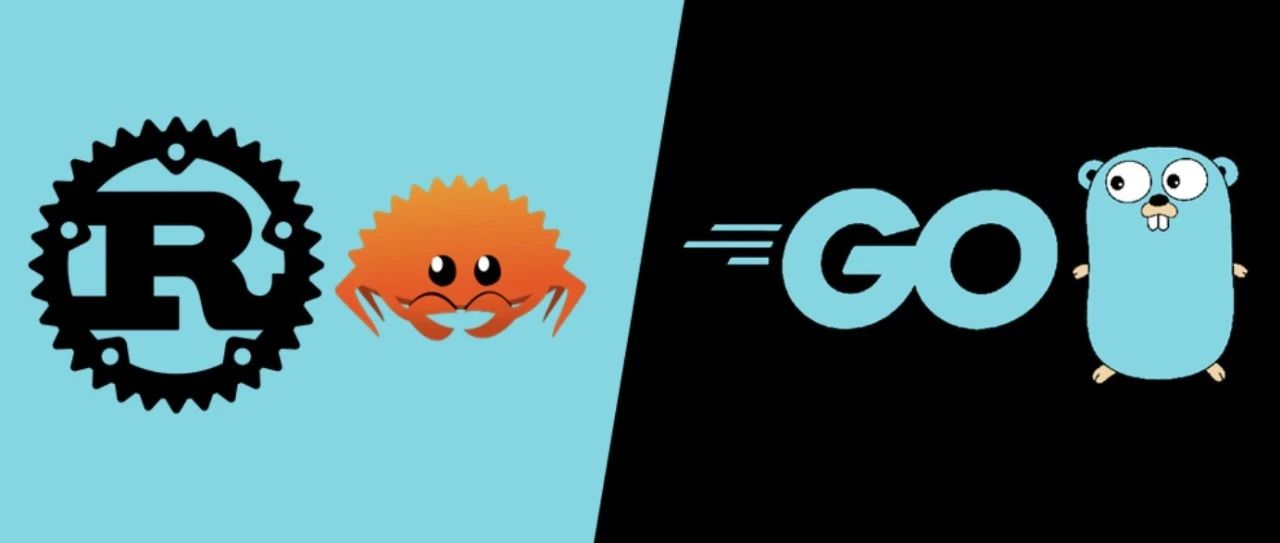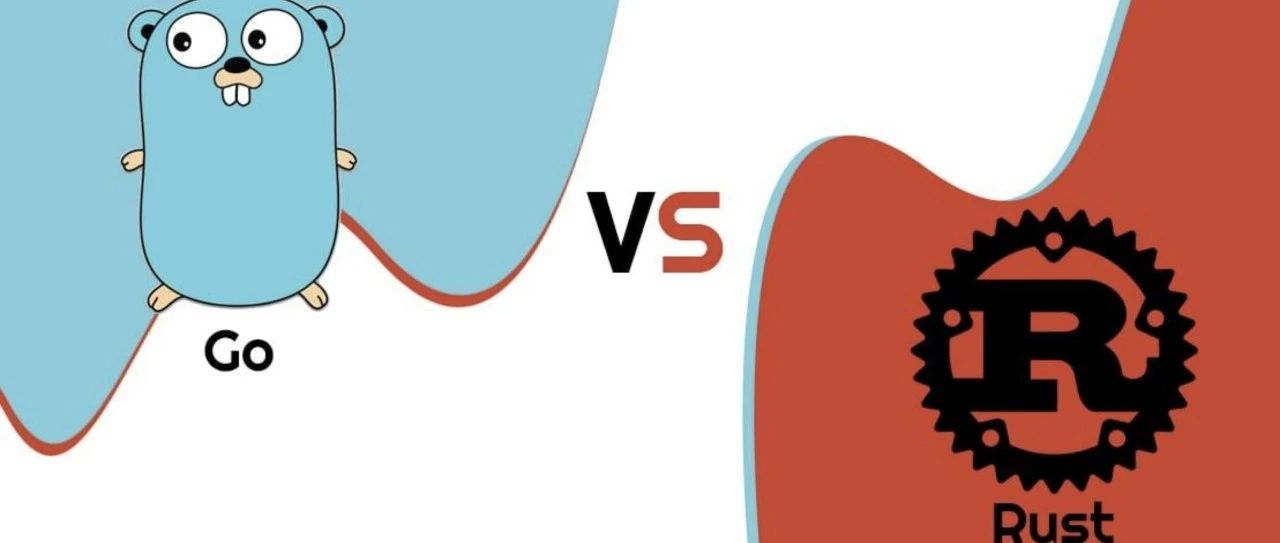李海彬
作者相关精选
Go-Maps
前往小程序,Get更优阅读体验!
立即前往
Go-Maps
李海彬
发布于 2018-03-27 01:59:55
发布于 2018-03-27 01:59:55
69900
代码可运行
举报
运行总次数:0
代码可运行
语法汇总
前面介绍的array、slice都是顺序性列表,本节的map则是无序的。
这个map和C/C++/Java的map一样,在Python中称为字典/dictionary。但Golang中map的用法更符合脚本语言的特点,和Python很像。
涉及的主要语法点:
代码语言:javascript
代码运行次数:0
运行
AI代码解释
复制
var the_map map[string]int
the_map := make(map[string]int)
the_map := map[string]int {key:value, ...}
value, ok := the_map[key] 示例-基本用法
下面这个例子给出了map的声明方法。但通常并不这么使用,因为这种声明之后必须要调用make()初始化之后才可赋值,与其这样,不如直接:= make()这种方式。
代码语言:javascript
代码运行次数:0
运行
AI代码解释
复制
package main
/*
D:\examples>go run helloworld.go
panic: assignment to entry in nil map
goroutine 1 [running]:
panic(0x45a540, 0xc04203a000)
C:/Go/src/runtime/panic.go:500 +0x1af
main.main()
D:/examples/helloworld.go:13 +0x6f
exit status 2
D:\examples>
*/
func main() {
//x is a map of strings to ints. -- Reference: <<Introducing Go>> Slice, Map, P38
var x map[string]int
x["first"] = 1
}示例-make()
代码语言:javascript
代码运行次数:0
运行
AI代码解释
复制
package main
import "fmt"
/*
D:\examples>go run helloworld.go
x: 1 2
D:\examples>
*/
func main() {
x := make(map[string]int)
x["first"] = 1
x["second"] = 2
debug_map(x, "x:")
}
func debug_map(the_map map[string]int, msg string) {
fmt.Print(msg, "\t")
for _, item := range the_map {
fmt.Print(item, "\t")
}
fmt.Println()
}示例-make与初始化列表
这里所谓“初始化列表”借用C++的initialization list。在make的同时,给map指定key:value列表。
代码语言:javascript
代码运行次数:0
运行
AI代码解释
复制
package main
import "fmt"
/*
D:\examples>go run helloworld.go
x: 1 2
D:\examples>
*/
func main() {
x := map[string]int {
"first" : 1,
"second" : 2,
}
debug_map(x, "x:")
}
func debug_map(the_map map[string]int, msg string) {
fmt.Print(msg, "\t")
for _, item := range the_map {
fmt.Print(item, "\t")
}
fmt.Println()
}示例-判断元素是否存在
即便key不存在,调用the_map[the_key]的时候也不会抛出运行时异常。这和编译型语言、以及脚本语言Python都不一样。Go的处理方式更为优雅,写的代码行数也少。
代码语言:javascript
代码运行次数:0
运行
AI代码解释
复制
package main
import "fmt"
/*
D:\examples>go run helloworld.go
a: 1
b: 0
value: 1 , exist: true
Exist
value: 0 , exist: false
Not exist.
D:\examples>
*/
func main() {
x := map[string]int {
"first" : 1,
"second" : 2,
}
a := x["first"]
b := x["third"]
fmt.Println("a: ", a)
fmt.Println("b: ", b)
find_map(x, "first")
find_map(x, "fourth")
}
func debug_map(the_map map[string]int, msg string) {
fmt.Print(msg, "\t")
for _, item := range the_map {
fmt.Print(item, "\t")
}
fmt.Println()
}
func find_map(the_map map[string]int, key string) {
value, exist := the_map[key]
fmt.Println("value: ", value, ", exist: ", exist)
if exist {
fmt.Println("Exist")
} else {
fmt.Println("Not exist.")
}
}value
map的value可以是任何的数据,比如value本身也可以是map。这是Introducing Go中给出的例子,这里不再展开。
本文参与 腾讯云自媒体同步曝光计划,分享自微信公众号。
原始发表:2017-05-18,如有侵权请联系 cloudcommunity@tencent.com 删除
评论
登录后参与评论
暂无评论
登录 后参与评论
推荐阅读
编辑精选文章
换一批
推荐阅读
golang面试题(带答案)[通俗易懂]
1.4K0
Go - 从0学习Go的第一课
3230
Go语言-学习笔记
7100
Go-List
7100
Go 延迟调用 defer 用法详解
1.2K0
golang 学习笔记
1.1K0
Go语言基础速刷手册
9110
Go 语言简介(上)— 语法
1.2K0
相关推荐
Rust vs Go:常用语法对比(十三)
更多 >领券
腾讯云开发者

扫码关注腾讯云开发者
领取腾讯云代金券
Copyright © 2013 - 2025 Tencent Cloud. All Rights Reserved. 腾讯云 版权所有
深圳市腾讯计算机系统有限公司 ICP备案/许可证号:粤B2-20090059 深公网安备号 44030502008569
腾讯云计算(北京)有限责任公司 京ICP证150476号 | 京ICP备11018762号 | 京公网安备号11010802020287
Copyright © 2013 - 2025 Tencent Cloud.
All Rights Reserved. 腾讯云 版权所有
登录 后参与评论
8
目录










